mixing paint, using less of the pigments??
claudialina10
13 years ago
Related Stories
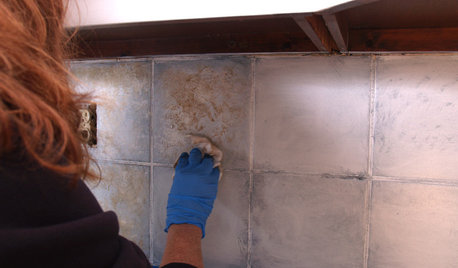
DIY PROJECTSDIY Backsplash Makeover: Get a New Tile Look for Less Than $50
Give old tile a painted faux-stone facade for a brand-new look at a superaffordable price
Full Story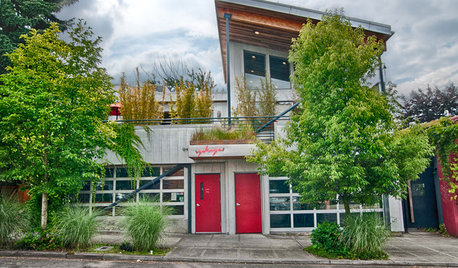
HOUZZ TOURSMy Houzz: Mixed-Use Oregon Home Serves and Charms
Home, restaurant, garden, rental cabin — and it gives back to the community too. This multitasking home is a wonder in more ways than one
Full Story
PAINTINGWhat to Know About Milk Paint and Chalk Paint — and How to Use Them
Learn the pros, cons, cost and more for these two easy-to-use paints that are great for giving furniture a vintage look
Full Story
BUDGET DECORATING12 Ways to Get the Industrial Look for Less
Shop surplus, raid the hardware store and press black paint into service. Your budget will warm to these ideas for cool industrial style
Full Story
HOLIDAYSSpend Less Without Being a Grinch: 8 Holiday Ideas
Give meaningful gifts and use nature's decor to work holiday magic without blowing your budget
Full Story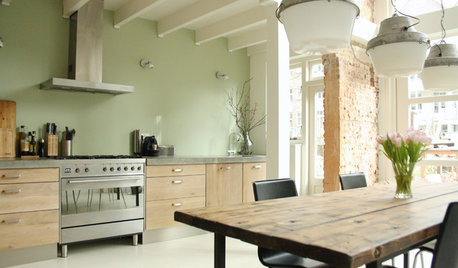
COLOR4 Cool Paint Colors Touted for 2014 — and How to Use Them
Muted but complex, these hues from Farrow & Ball can stand on their own or play supporting roles
Full Story
KITCHEN DESIGNStress Less With Distressed Cabinets
Stop worrying over every little nick and chip. Intentionally aged cabinets give the kitchen or laundry room a relaxed, timeworn look
Full Story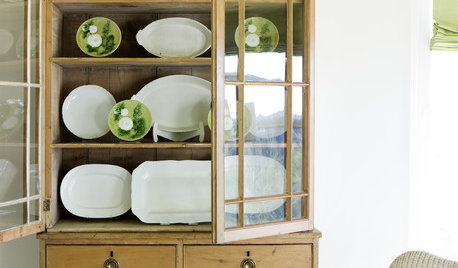
DECORATING GUIDESJazz Up Your Dining Room for Less Than $500
New lighting, colorful dishware, fun fabrics and other small updates add up to a big-time facelift on a little bitty budget
Full Story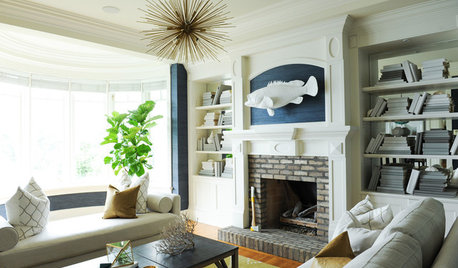
ROOM OF THE DAYRoom of the Day: Going Less Formal in an Oceanfront Home
Navy blues, grays and creams respect the view while pops of green and gold add surprise in this Vancouver living space
Full Story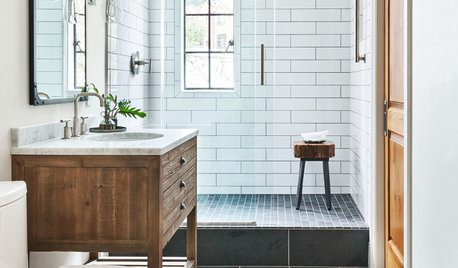
BATHROOM WORKBOOK12 Ways to Get a Luxe Bathroom Look for Less
Your budget bathroom can have a high-end feel with the right tile, stone, vanity and accessories
Full Story






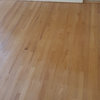


paintergirl94
Faron79
Related Professionals
Bridgewater Painters · Greenlawn Painters · Lexington Painters · Miramar Painters · Southfield Painters · Tacoma Painters · Woodridge Painters · Homer Glen Cabinets & Cabinetry · Branford Flooring Contractors · East Palo Alto Flooring Contractors · Gainesville Flooring Contractors · Glendale Flooring Contractors · Indian Trail Flooring Contractors · Oceanside Flooring Contractors · Orlando Flooring ContractorsLori A. Sawaya
paintergirl94
Lori A. Sawaya
paintergirl94
claudialina10Original Author
Lori A. Sawaya
paintergirl94
Faron79
Lori A. Sawaya
Lori A. Sawaya
teresatree
paintguy1
sayde